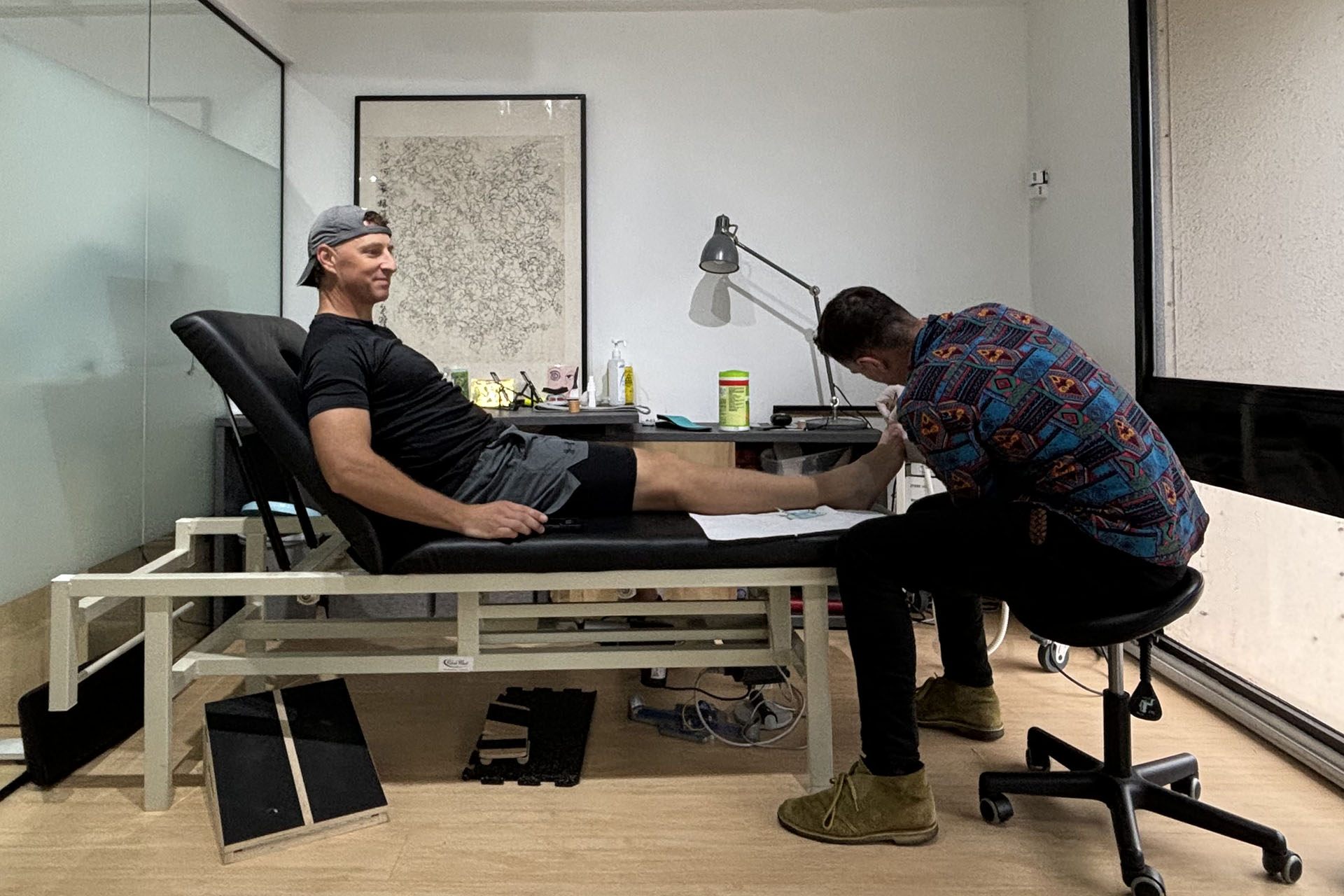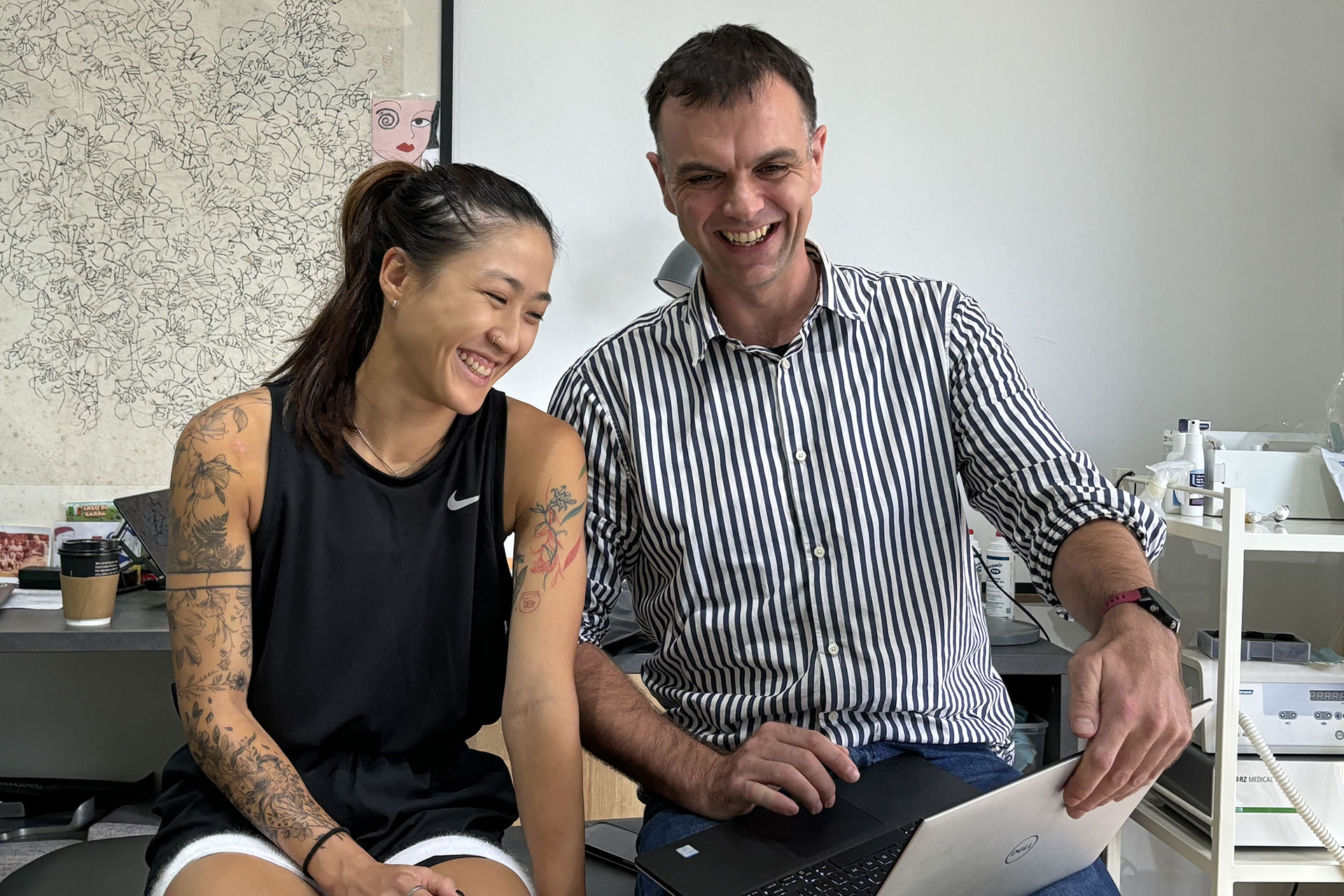As a holistic podiatrist, I’ve recently observed an influx of patients who have journeyed from clinic to clinic before finding their way to The Foot Practice. They arrive earnestly, hoping that I’ll be the expert who finally “fixes” them. This trend has led me to reflect deeply on the nature of holistic foot care and how we, as practitioners, can better serve our patients.
Occasionally, patients come to us bearing the scars of negative experiences elsewhere. While it’s tempting to attribute these situations to negligence or ill intent, I’ve realised that the root cause often lies in mismatched communication and learning styles between patient and practitioner. This realization has become a cornerstone of our holistic podiatry approach at The Foot Practice.
In the spirit of true holistic foot care, our primary goal extends beyond merely sending patients home in better physical condition than when they arrived. We take a step back, focusing first on understanding the patient’s expectations. This approach allows us to positively influence their journey towards painless mobility and effective treatment of foot conditions.

Jeff Bezos’s U.S. Senate testimony, where he discussed the importance of transcending basic customer service, resonated deeply with me. While we may not aim for global domination like Amazon, the recent circuit breaker measures sparked ideas about extending our consultations beyond the clinic and into people’s homes. This concept of expanded care is integral to our holistic podiatry philosophy.
Consistency emerges as a crucial element in effective treatment, initiated by the first interaction and sustained through ongoing patient engagement. However, consistency doesn’t mean a one-size-fits-all approach. A scripted process might ensure uniformity in larger medical practices, but at The Foot Practice, we prefer a more intimate, dialogued approach with each individual. This personalized care is at the heart of holistic foot care.
The healthcare landscape is shifting from a reactive symptom-treatment model to a proactive, preventive paradigm. As a holistic podiatrist, I embrace this change, recognizing its challenge. Most research fails to predict injuries based on anatomical shapes, race, or gender, underscoring the need for a more comprehensive approach.
Drawing inspiration from Howard Gardner’s Multiple Intelligence research, we acknowledge that individuals excel in different areas. We create far-reaching benefits rather than short-term fixes by shifting from a symptom-treatment approach to a learning-oriented one. This holistic podiatry method involves understanding each patient’s unique learning style and adapting our communication accordingly.
It’s easy to focus solely on treating symptoms, the traditional approach most healthcare practitioners are trained in. However, at The Foot Practice, seeing patients pain-free or in high comfort for extended periods is more rewarding. This is why our initial consultations are crucial and typically longer than follow-ups. We believe in spending more time understanding the patient before addressing the condition – a fundamental principle of holistic foot care.
Understanding how patients interpret information gives us a better grasp of how to educate them during clinical sessions. In an age of fast-moving information, our desire to prove our worth or our assumption that patients will fully comprehend everything we say can hinder effective consultations.

Recognizing disparities in learning styles and comprehension is vital. Without this awareness, we might end up with patients who never seem to improve, possibly because their unique questions or learning styles haven’t been addressed in a way that makes sense to them.
As a holistic podiatrist, I’ve been contemplating ways to apply different learning styles to each patient who enters our clinic. We aim to ensure they leave with a complete understanding of their personalized action plan. This approach goes beyond handing out brochures or collateral – tailoring our communication to each individual’s needs.
We’re committed to evolving our holistic podiatry approach at The Foot Practice. By understanding each patient’s unique learning style and needs, we can provide more effective, personalized care. This patient-centred philosophy sets holistic foot care apart, ensuring that each individual receives the intervention and the understanding and tools they need for long-term foot health.






